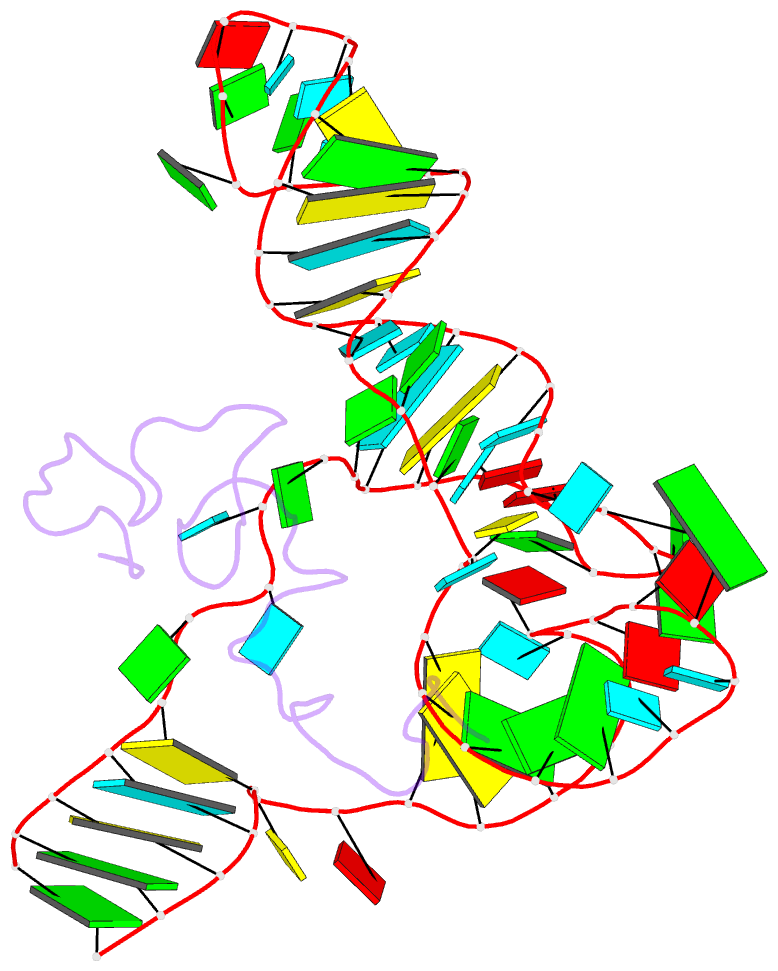Summary information and primary citation
- PDB-id
- 2ms1; SNAP-derived features in text and JSON formats;
DNAproDB
- Class
- viral protein-RNA
- Method
- NMR
- Summary
- Solution NMR structure of trnapro:mlv nucleocapsid protein (1:1) complex
- Reference
- Miller SB, Yildiz FZ, Lo JA, Wang B, D'Souza VM (2014): "A structure-based mechanism for tRNA and retroviral RNA remodelling during primer annealing." Nature, 515, 591-595. doi: 10.1038/nature13709.
- Abstract
- To prime reverse transcription, retroviruses require annealing of a transfer RNA molecule to the U5 primer binding site (U5-PBS) region of the viral genome. The residues essential for primer annealing are initially locked in intramolecular interactions; hence, annealing requires the chaperone activity of the retroviral nucleocapsid (NC) protein to facilitate structural rearrangements. Here we show that, unlike classical chaperones, the Moloney murine leukaemia virus NC uses a unique mechanism for remodelling: it specifically targets multiple structured regions in both the U5-PBS and tRNA(Pro) primer that otherwise sequester residues necessary for annealing. This high-specificity and high-affinity binding by NC consequently liberates these sequestered residues--which are exactly complementary--for intermolecular interactions. Furthermore, NC utilizes a step-wise, entropy-driven mechanism to trigger both residue-specific destabilization and residue-specific release. Our structures of NC bound to U5-PBS and tRNA(Pro) reveal the structure-based mechanism for retroviral primer annealing and provide insights as to how ATP-independent chaperones can target specific RNAs amidst the cellular milieu of non-target RNAs.





